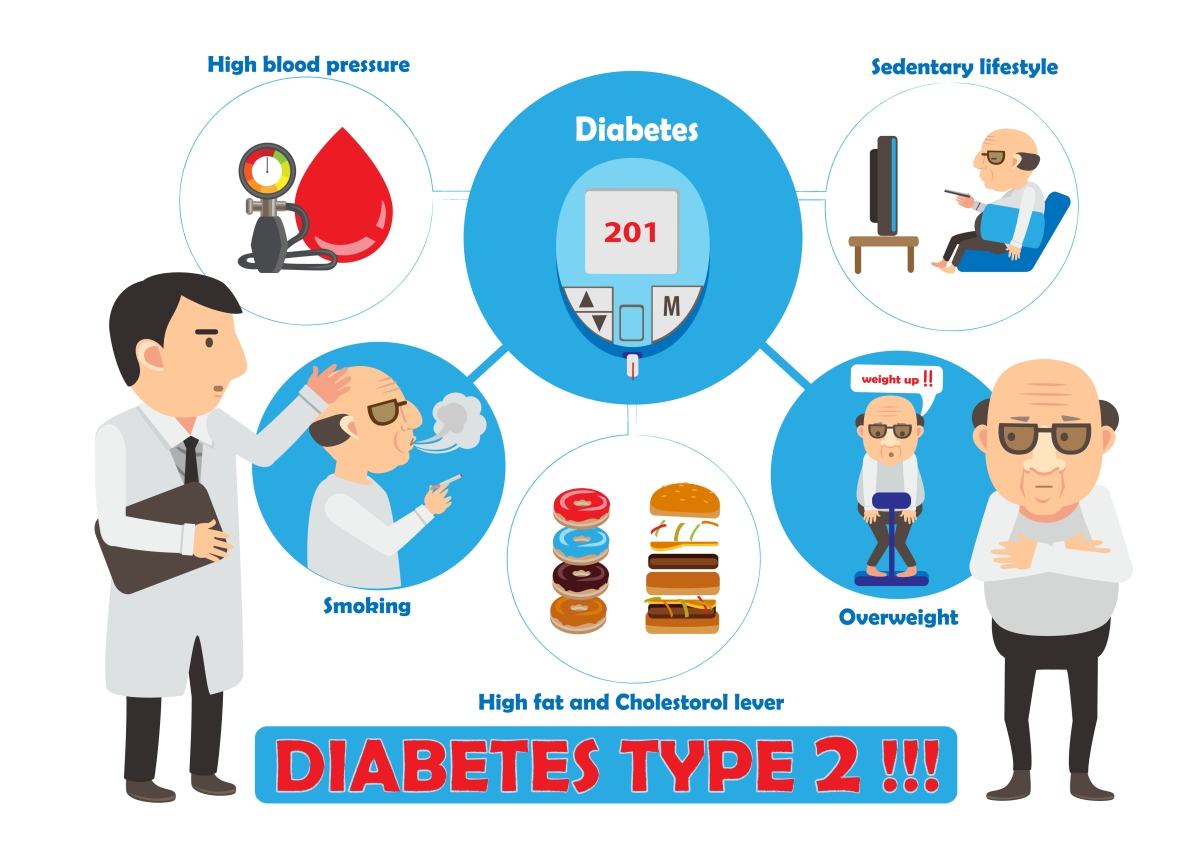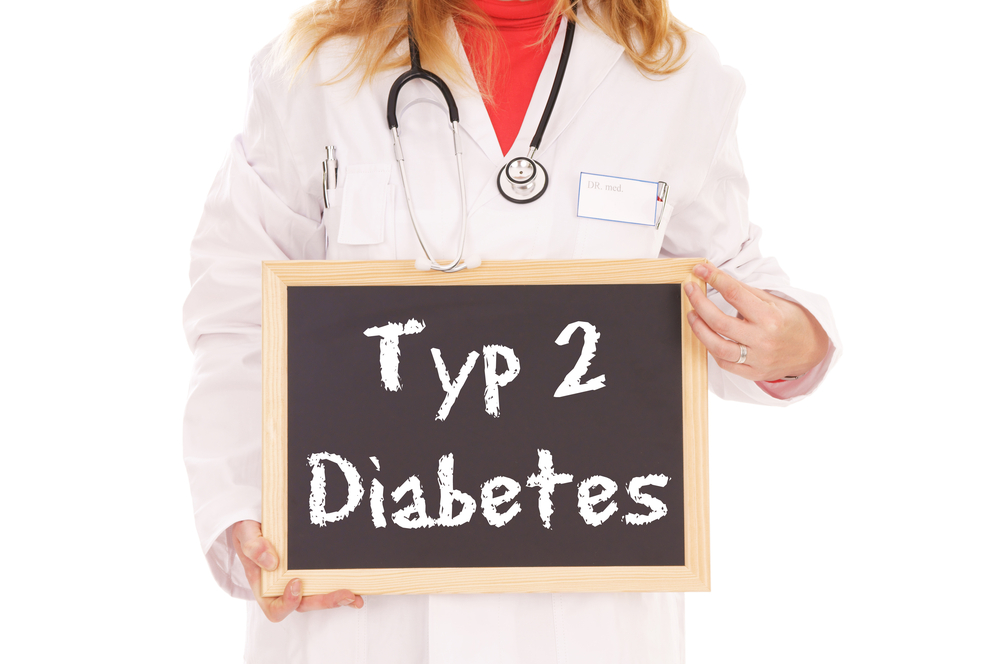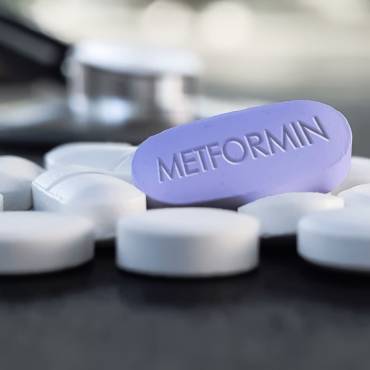Diabetes is a health condition in which your body causes blood glucose or sugar levels to rise higher than normal. Type 2 diabetes is very common to find so that you need not panic. You should realize the presence of early symptoms of diabetes to treat the condition before it reaches the level of Type 1, a serious one.
Understand diabetes:
Today’s lifestyle has become very common to find elevated levels of blood sugar. Also called hyperglycemia, diabetes can be diagnosed easily if you take proper diabetes care. If you have type 2 diabetes, it means your body is unable to use insulin properly. At first, your pancreas functions well to produce sufficient insulin, but it does not remain same over time and the deficiency of insulin leads to the elevation in blood glucose.

Type 2 and Type 1 diabetes:
Usually, there are two stages of diabetes defined as Type 1 and Type 2. Type 1 refers to a diabetic condition in which you lack enough insulin to function your body systems well. It’s an extreme stage representing the acute condition of blood sugar. On the other hand, when the elevation in blood sugar starts, you first experience Type 2 diabetes (formerly called adult-onset or non-insulin-dependent diabetes) which becomes apparent during adulthood. Type 2 is also found in children. According to the studies, almost 90-95% of all cases of diabetes are of Type 2. As type 2 diabetes gets worse, the pancreas may produce less and less insulin. Therefore, there is an urgent need to take the Type 2 diabetes treatment to reverse the condition.
Also Read: What are the Effects of Skipping Your Asthma Medication?
Type 2 diabetes symptoms:
There are some obvious signs and symptoms of Type 2 diabetes indicating its existence. The chances of this condition are higher if you come from a family with a history of diabetes. In Type 2 diabetes, the blood sugar (glucose) levels become abnormally higher than normal. Its patients are more susceptible to recurring infections and sores.
Some early signs of Type 2 are:
- Overweight
- Sedentary
- Fluctuations in blood pressure
- Low levels of good cholesterol or high triglyceride levels
Some common symptoms of type 2 diabetes include:
- Excessive thirst
- Excessive hunger
- Fatigue
- Dizziness
- Frequent or increased urination, especially at night
- Blurry vision
- Rapid heartbeat
- Recurring infections and sores
Type 2 diabetes treatments:
You don’t need to panic if you have Type 2 diabetes as it’s a very common condition. The effective treatments are available such as:
- Healthy diet
You have to increase the amount of fiber in your diet for reducing blood sugar. Food items like beans, whole grain bread, cereals, lentils, seasonal fruit and vegetables. The intake of fat, particularly saturated fat, helps you prevent Type 2 diabetes. In blood sugar, you should replace butter and coconut oil with low-fat vegetable oil and low-fat yogurts. Choose fish and lean meat instead of fatty and processed meat. Try to avoid fried items and sugar coated products. Curb on excessive calories is very important for the diabetes care.
- Physical exercise
Reduction in the intensity of Type 2 diabetes is difficult without regular exercise. Being physically active is important in managing type 2 diabetes. Experts recommend at least 150 minutes of moderate-intensity aerobic activity in a week. You can go for cycling, muscle building workout, cardio or weight exercise, swimming, aerobic exercise or fast walking; it is essential to elevate the blood circulation and keep your body active to fight Type 2 diabetes. Physical exercise also helps your cells use insulin and glucose.
- Medication
Oral medications are often prescribed to treat the Type 2 diabetes when exercise and diet are not able to curb blood sugar. There are many drugs that can hang on some of the glucose in the body. Drugs can also be taken to increase the capacity of the pancreas to produce more insulin. The DPP-4 inhibitors are recommended to lower blood sugar by curbing the capacity of your body to break down hormones. In many cases, doctors prescribe thiazolidinediones, TZDs, glitazones, or SGLT2 inhibitors for diabetes care. Some injectable drugs are also available that include GLP-1 receptor agonists.
Also Read: Listen to your body’s signals
- Blood glucose monitoring
The monitoring of your blood glucose is the must in the medication course of Type 2 diabetes treatment as it helps to keep blood sugar within a specified range. This practice helps you understand the link between blood glucose, food, exercise, and insulin. Maintaining the amount of good blood glucose in the body is helpful to reduce the chances of developing Type 1 or Type 2 diabetes symptoms. You need only a blood glucose meter to monitor it.



